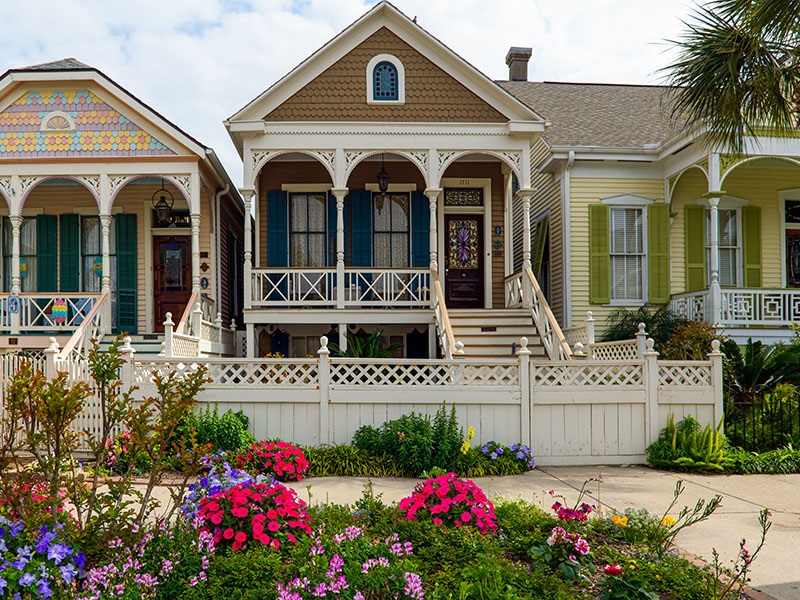In recent years, the concept of co-living spaces has been gaining popularity in urban areas across the globe. Co-living spaces are communal living arrangements where individuals rent private bedrooms but share common areas such as kitchens, living rooms, and sometimes even bathrooms. This trend has been driven by changing lifestyles, rising housing costs, and a desire for greater social connections among urban dwellers.

Benefits of Co-Living Spaces
- Affordability: One of the main reasons for the increasing popularity of co-living spaces is their affordability. With rental prices soaring in many urban areas, co-living offers a more cost-effective housing option for individuals looking to live in desirable locations.
- Community: Co-living spaces provide a sense of community and belonging that can be lacking in traditional living arrangements. Residents often form close bonds with their housemates, leading to a supportive and social environment.
- Amenities: Many co-living spaces come equipped with amenities such as cleaning services, high-speed internet, and social events. This added convenience enhances the overall living experience for residents.
- Flexibility: Co-living spaces typically offer flexible lease terms, making them an attractive option for individuals who may not want to commit to a long-term rental contract.
Challenges of Co-Living Spaces
While co-living spaces offer numerous benefits, they also come with their own set of challenges. One of the main concerns for residents is privacy, as sharing living spaces with others can sometimes lead to conflicts over personal boundaries. Additionally, the lack of control over who your housemates are can be a drawback for some individuals, as compatibility is key to a harmonious co-living experience.
The Future of Co-Living Spaces
As the demand for affordable and community-oriented housing options continues to grow, the future of co-living spaces looks promising. Developers are increasingly investing in co-living projects, offering a diverse range of options to cater to different demographics and preferences. With the right balance of privacy, community, and amenities, co-living spaces have the potential to redefine urban living for years to come.
Overall, the rising popularity of co-living spaces in urban areas reflects a shift towards more collaborative and socially connected living arrangements. By providing a mix of affordability, community, and convenience, co-living spaces offer a unique housing solution for modern city dwellers seeking a sense of belonging in a bustling urban environment.













Comments